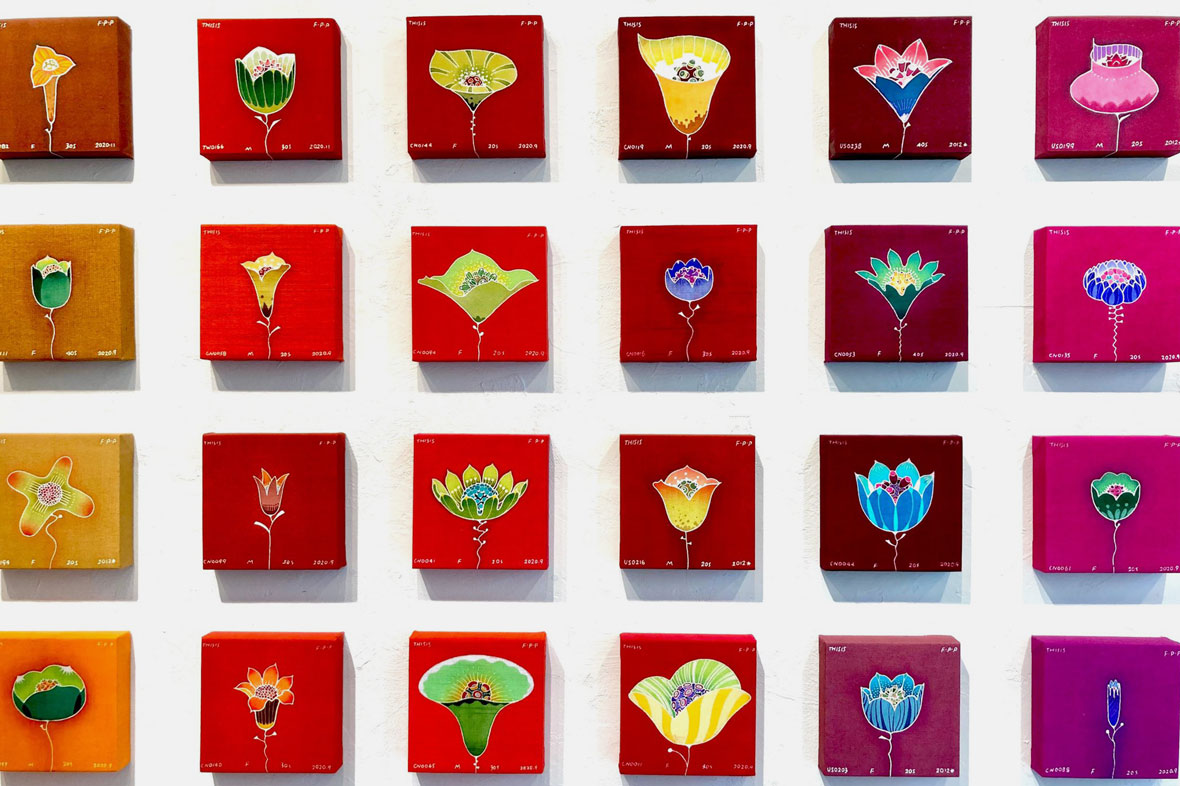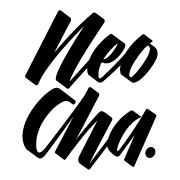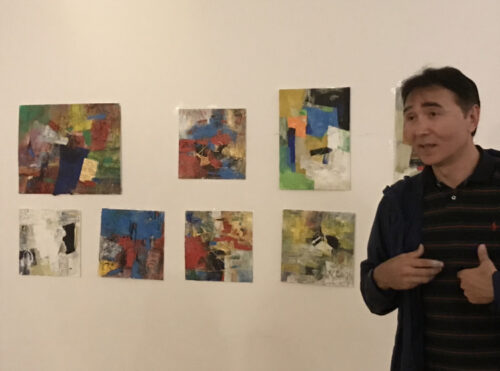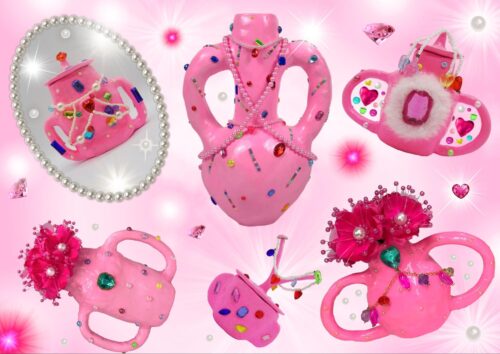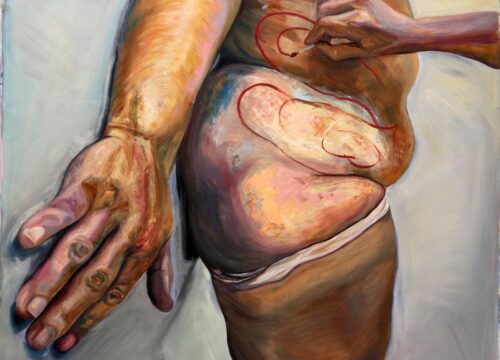This article was originally published on Neocha and is republished with permission.
People are multilayered, and no two individuals are the same. This also stands true when it comes to flowers, and it became the line of thinking that sparked the idea for Chinese artist Zeng Siqin’s Flower: Portraits of Personality. The project features different forms of floral life, and they were all created based on computer-generated palettes matched up with different personalities. It all began with a question: “Is there way to give shape and form to human nature?”
With this question as the starting point, she found inspiration from the likes of Xiang Fan and Laurie Frick, data artists whose works offered a eureka moment: data can presented in beautiful, visually engaging ways.
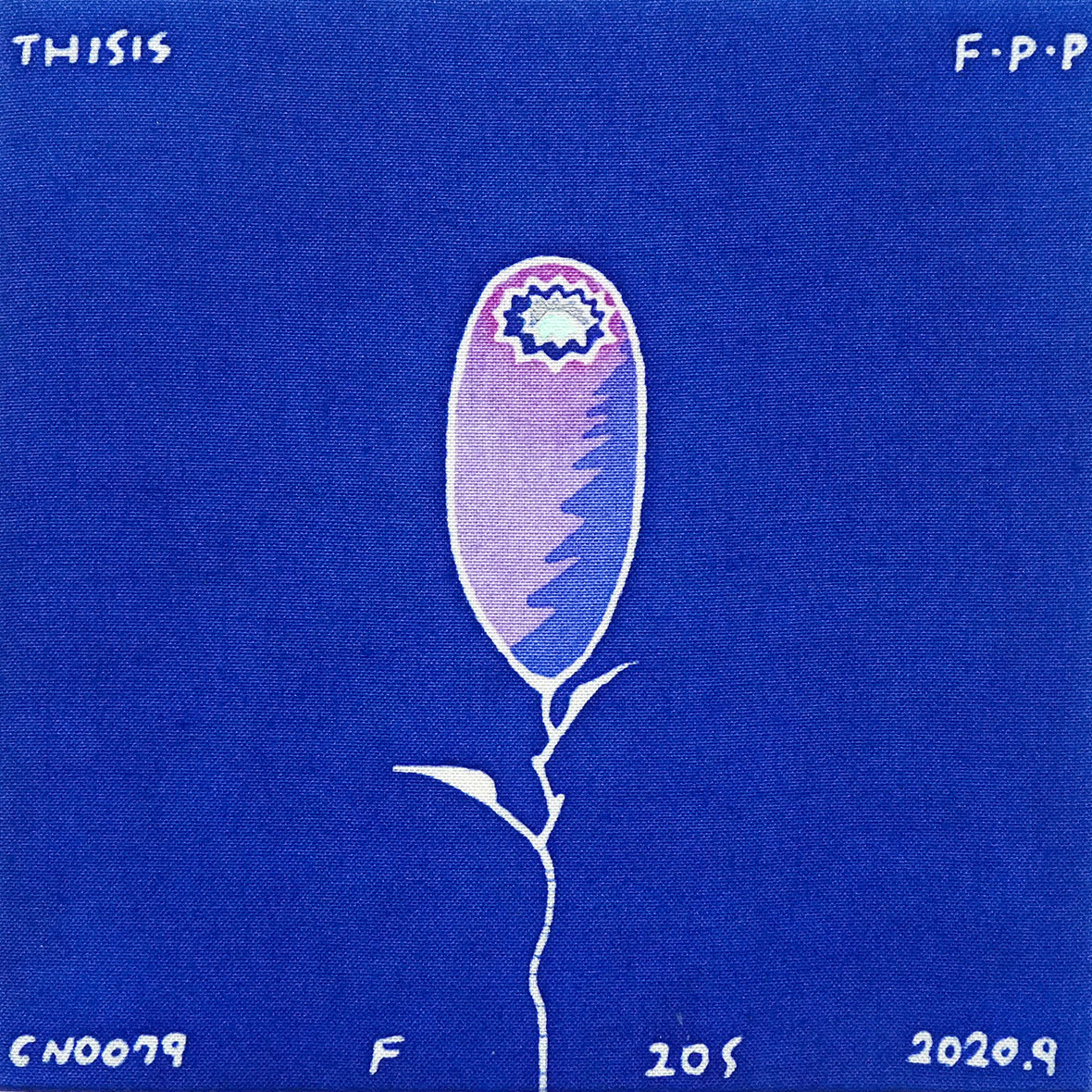

Using WeChat, China’s most popular form of social media, Si invited strangers to take part in a personality survey, creating a database of personalities that she then organized, analyzed, and assigned with ratings. Feeding this information into a program that she designed specifically for this project, the algorithm churned out different colors based on each participant’s personalities.
As for the visual motif that would serve as the vessel for this data, that took a lot of deliberation. She eventually settled on flowers. “When we talk about someone’s personality, it’s easy to generalize,” she explains. “It’s either you have a bad personality or you have a good personality, but it’s not this black and white. Everyone is unique and I believe there’s no set standards to judge someone by. It’s like flowers, they come in all shapes and forms, but it’s hard to objectively say whether one is more beautiful than another.”
Flowers are also often viewed in a positive light, and Si believes that these positive connotations are very much in line with the message she wanted to convey about human personality. “The main theme of my art is about the kindness of men,” she says. “Everyone is a flower in their own right. No matter the personality, humans bloom into their own and add color to the world. Because of every person’s existence, the world is brighter. Everyone should feel confident about themselves.”

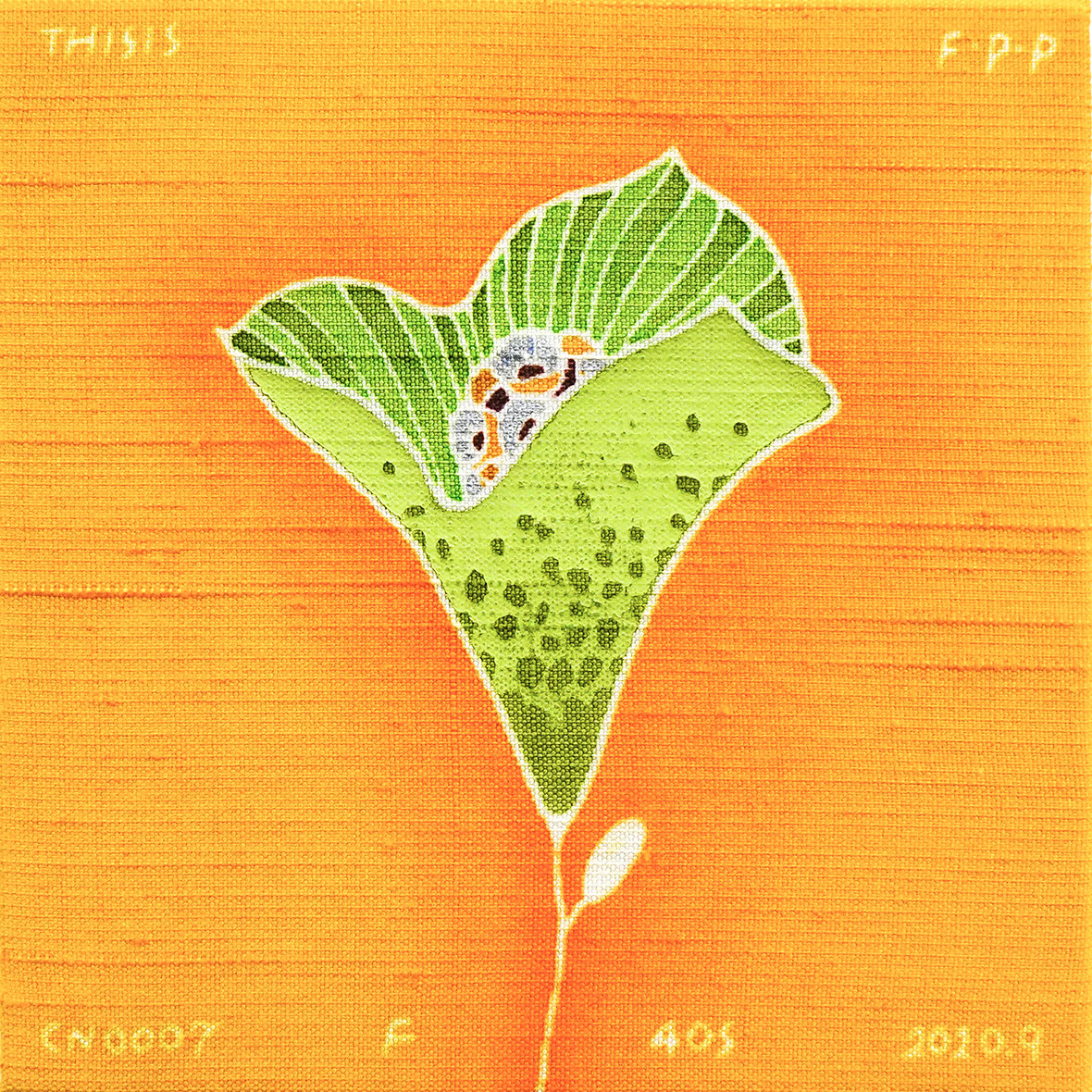
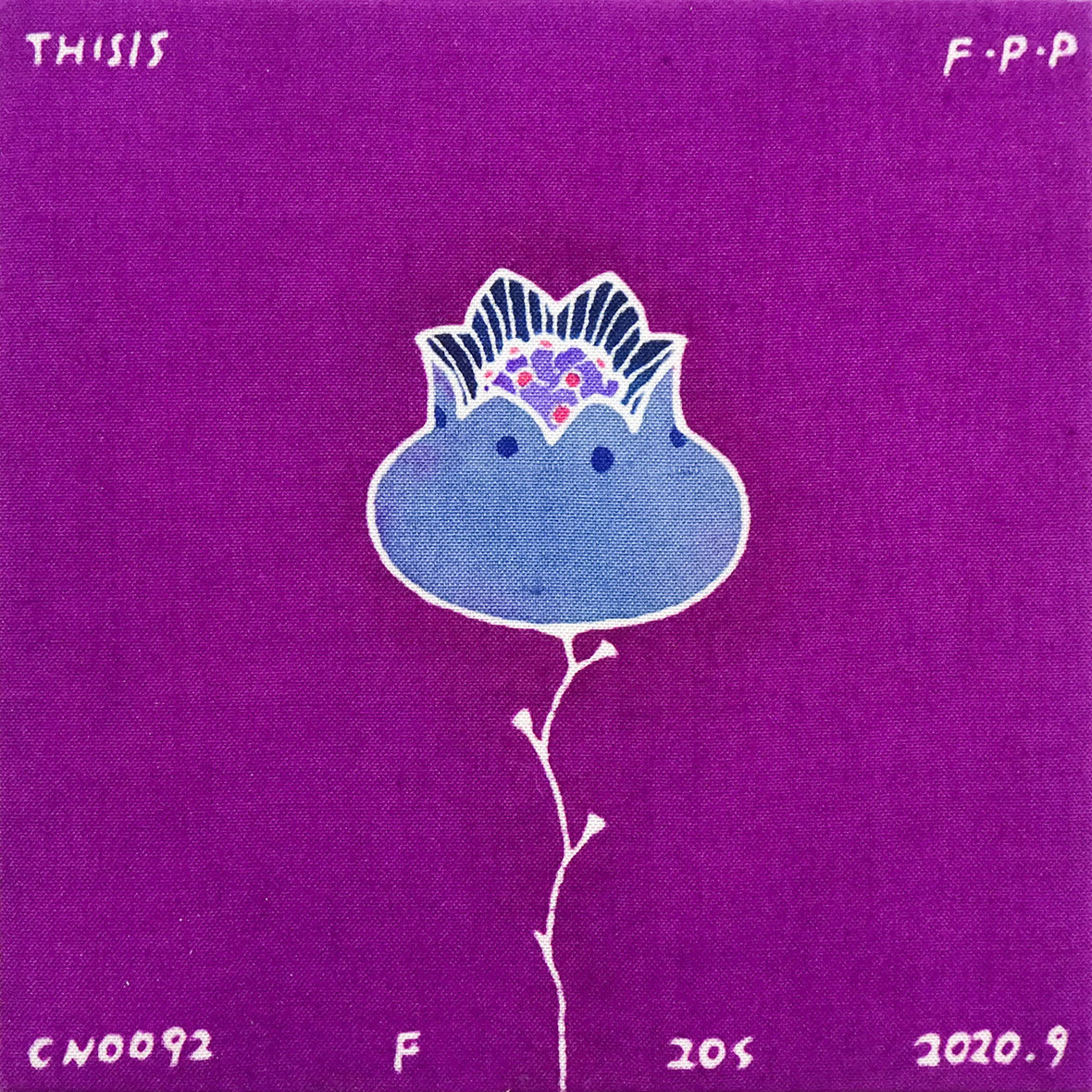
This optimistic outlook can perhaps be traced back to her teenager years, where the encouragement of her parents and teachers set her off on the path of art. Si was taught traditional Chinese painting at a young age, but she only pursued it as a hobby. Making art was hardly anything of lasting interest. In her sophomore year of high school, Si’s mom decided to send her off to Changsha with her brother to finish her studies, but the school didn’t have an art course. She decided to attend art classes outside of school once a week. As time went on, her artistic abilities caught the attention of her teacher. “He said that I had a talent and that he was sure I had the potential to go to Tsinghua University’s art program one day,” Si recalls. “But I still wasn’t really interested in it at the time.”
Surprisingly, another teacher further encouraged her to follow her artistic talents. This support was what gave Si a change of heart, and consider art as a viable path. For her, switching her main area of study to art with only one year left to the Chinese national exams was a road paved with difficulties. Her parents stood with her every step of the way.
She eventually landed a spot at Tsinghua University, which hosts China’s most sought-after art program. There, she completed a graduate degree before heading overseas to further her studies at the Tokyo University of Arts. This trajectory might make it seem like her success came without hindrance, but this isn’t the case. Even with her academic success, self-doubt kept creeping in.
She often questioned herself: “Am I truly an artist?”
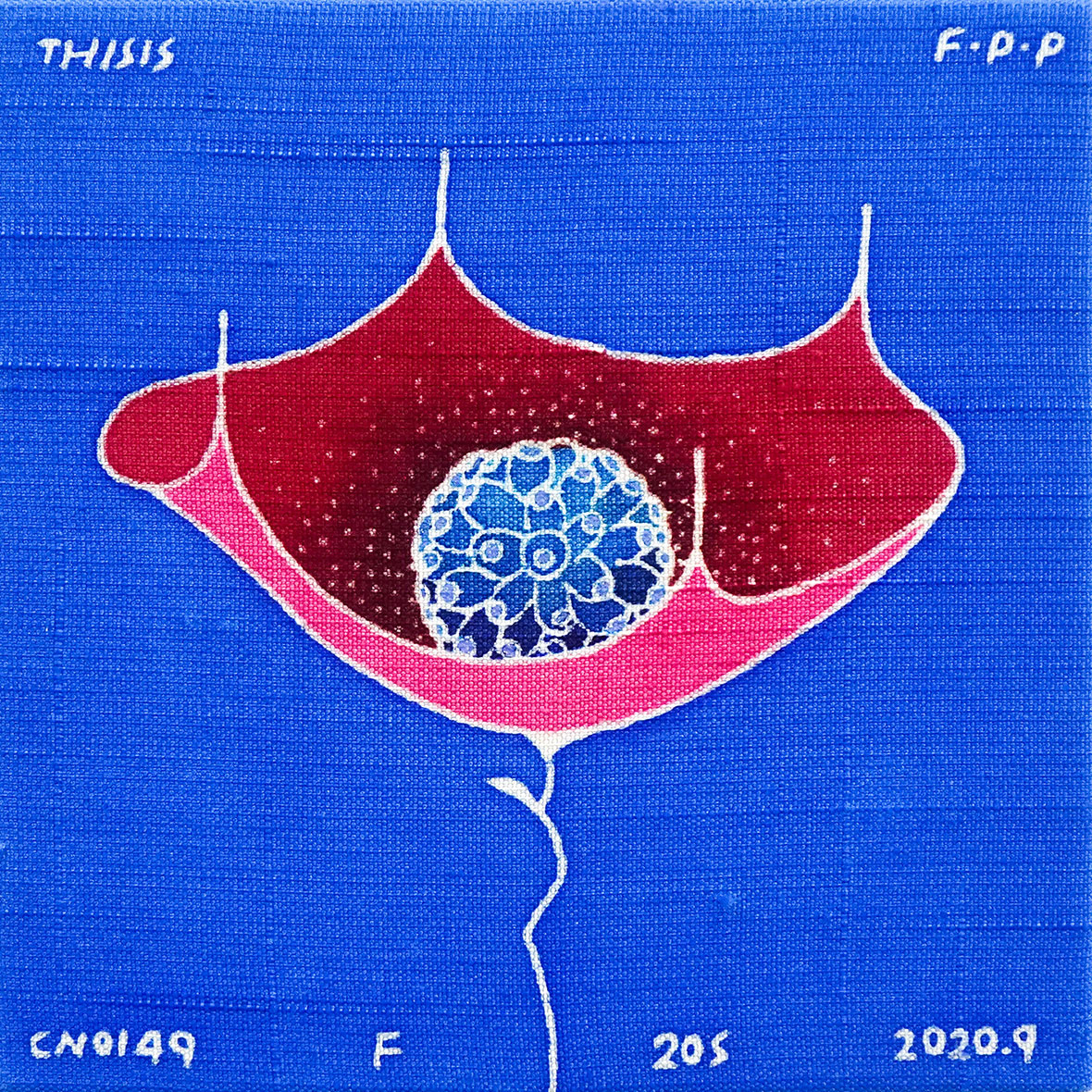
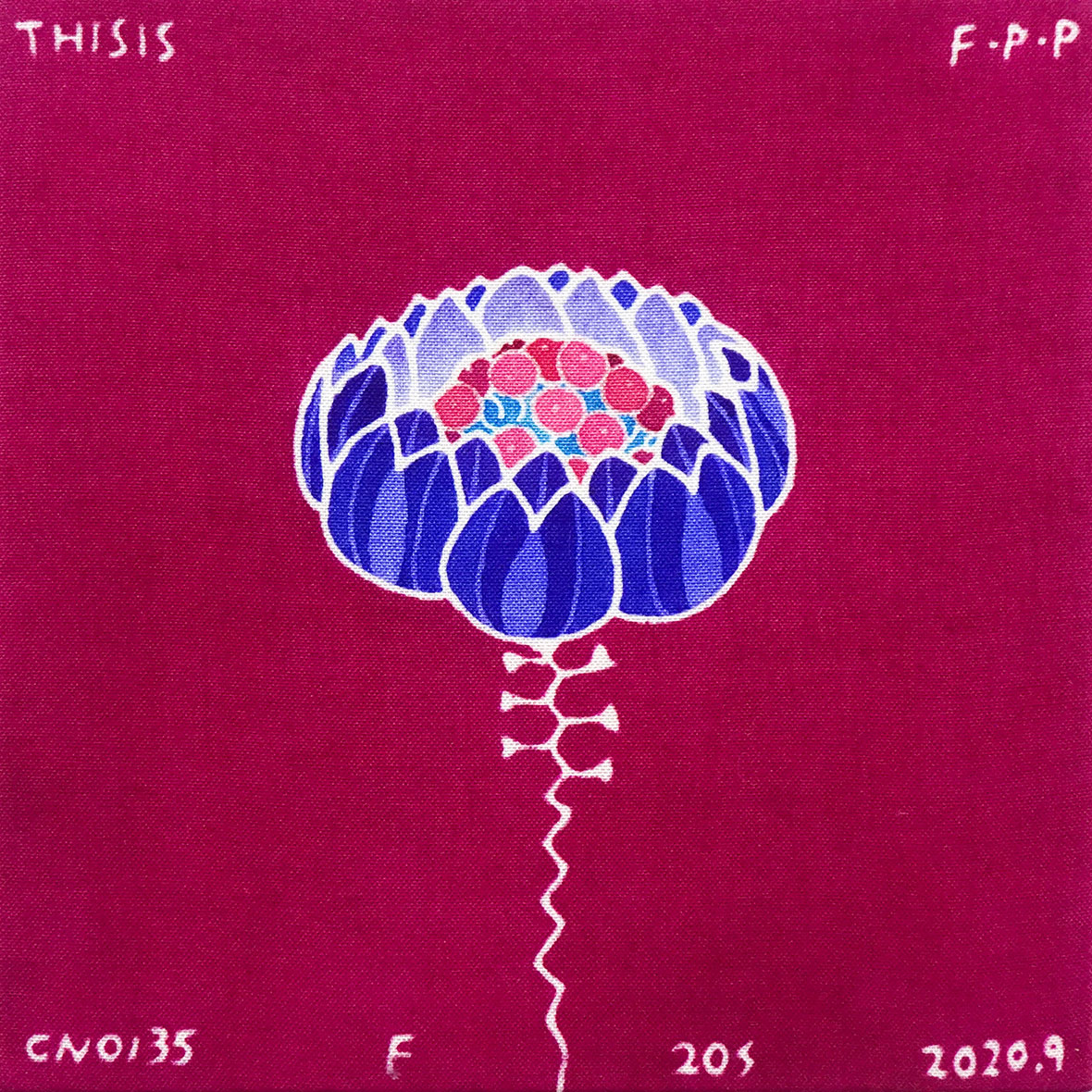
This doubt is actually nothing new. It’s a question that’s popped up in her head time and time again throughout her six years of art studies. Although she excelled academically, she didn’t feel like she was a particularly gifted artist. “Exams at art school are just practice for technical skills,” Si says. “It’s about building a foundation, but we’re not really creating art. I hadn’t drawn anything of my own in a long time, and exams are just about drilling repetitive knowledge.”
Si says that these methods may sometimes feel detrimental to true artistic development. There is a certain energy and spirit to artistic creation, which she believes can’t be taught. “To a certain extent, art school and exams may even stifle creativity,” she says.

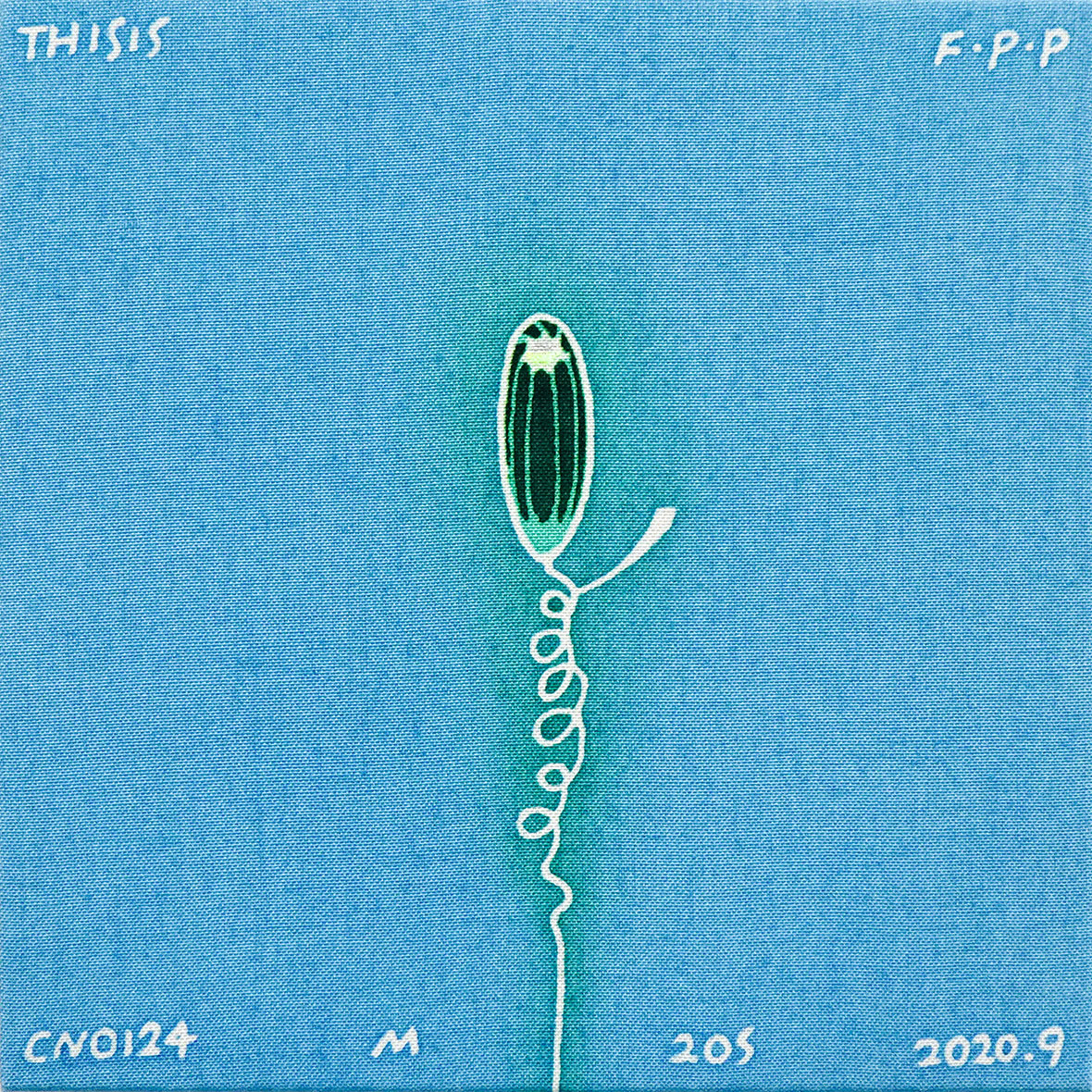
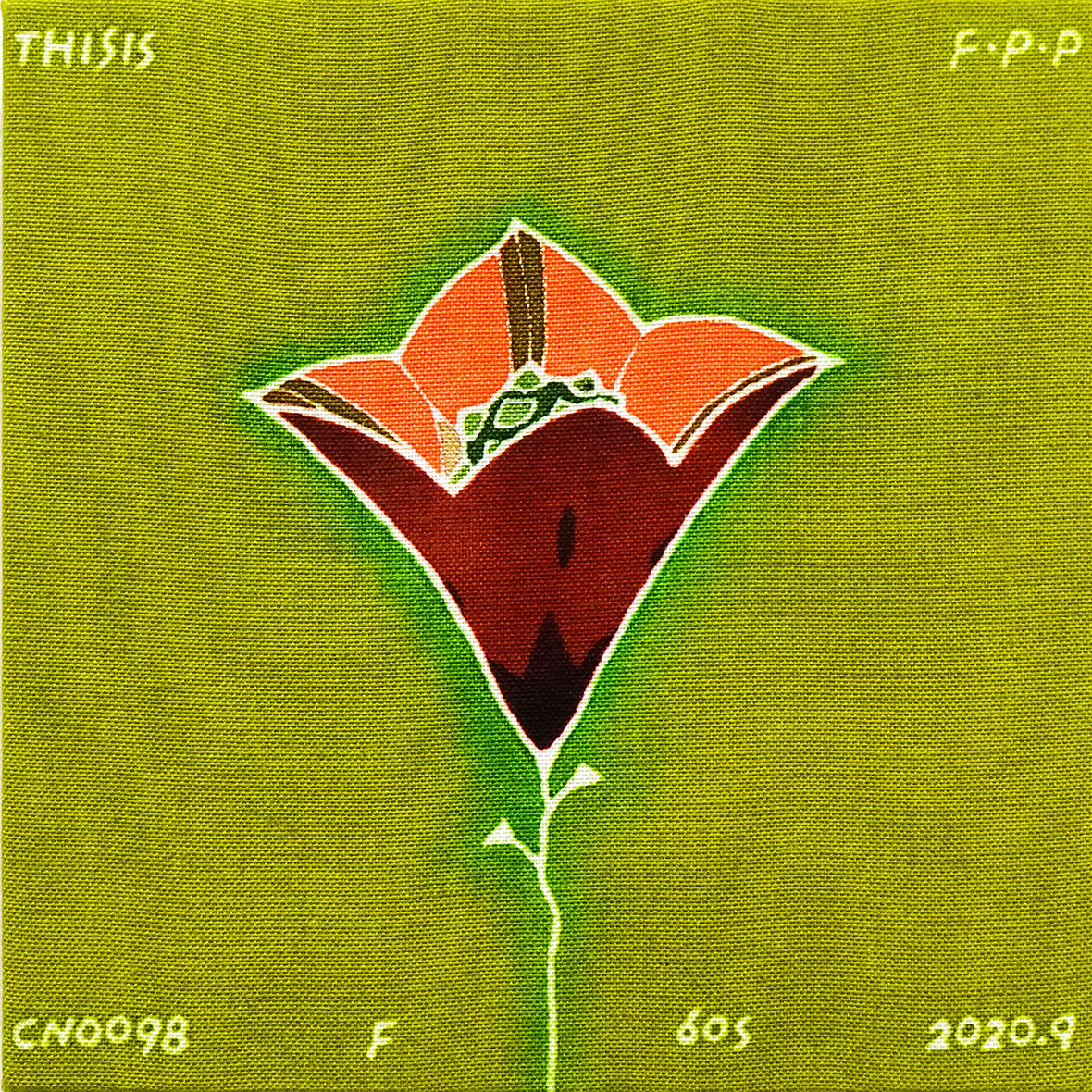
To her, there are major differences between a “creator” and an artist. To be classified as the former, they must have a strong concept or emotion, and that must be passed on to viewers. “To be an artist, the work must facilitate an open dialogue between artist and audience, one that’s spiritually resonant,” Zeng says. “It must also come with a sense of originality, and the work must be creatively fulfilling.”
To her, Flower: Portraits of Personality meets a number of these criteria. There were a lot of hurdles to overcome in achieving her vision though. “It was hard to make everything cohesive because there was so much I wanted to include,” she recalls. “I had to think about how to solicit the personality data, how to quantify it, how to turn that data into a floral motif, and how these images would be presented. These were just some of the issues I had to keep in work out.”
A pragmatic approach was her earliest method. Collecting and analyzing the data were the first steps, and, surprisingly, was one of the most enjoyable parts of the project for her. She surveyed people using the Big Five personality traits, a theory that identified five factors of an individual’s personality to form a picture of their personality. This system scores a person based on their openness to experience, extraversion, agreeableness, and neuroticism. This method-driven approach seemed to make the most sense at the time, but little attention was given to how the data could be shown in more interesting ways.
“It was all about expression!” Zeng says. “I thought it was enough to have a strong theme in a piece of artwork, so I didn’t think about how to make it even more visually expressive. ”
This methodology was criticized by her teacher at the time. “He said I was too logical, and that artworks should not be so rigid. He said this isn’t scientific research; this is art, and that art should focus a lot on visual expression,” she recalls. “It was more important to work from the heart.”

This also made her acutely aware of the differences between her creative process and that of many of her peers. Other artists, as she observed, often worked with artistic intuition, which she felt like she lacked. This doubt led to a lot of second guessing and confusion about how she would rework the project from the ground up. In the end, she decided to break each flower into five sections, which was in line with the Big Five personality traits.
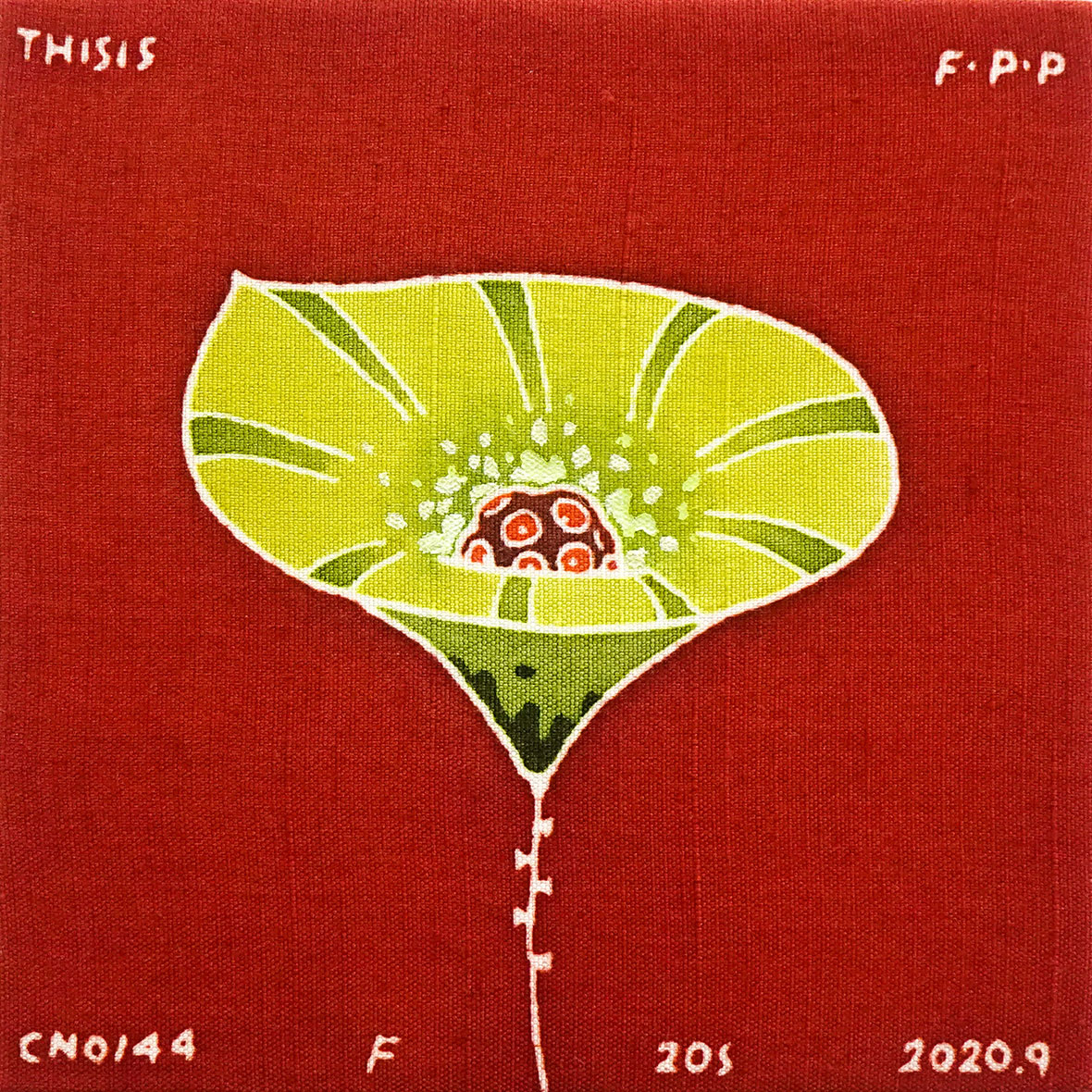
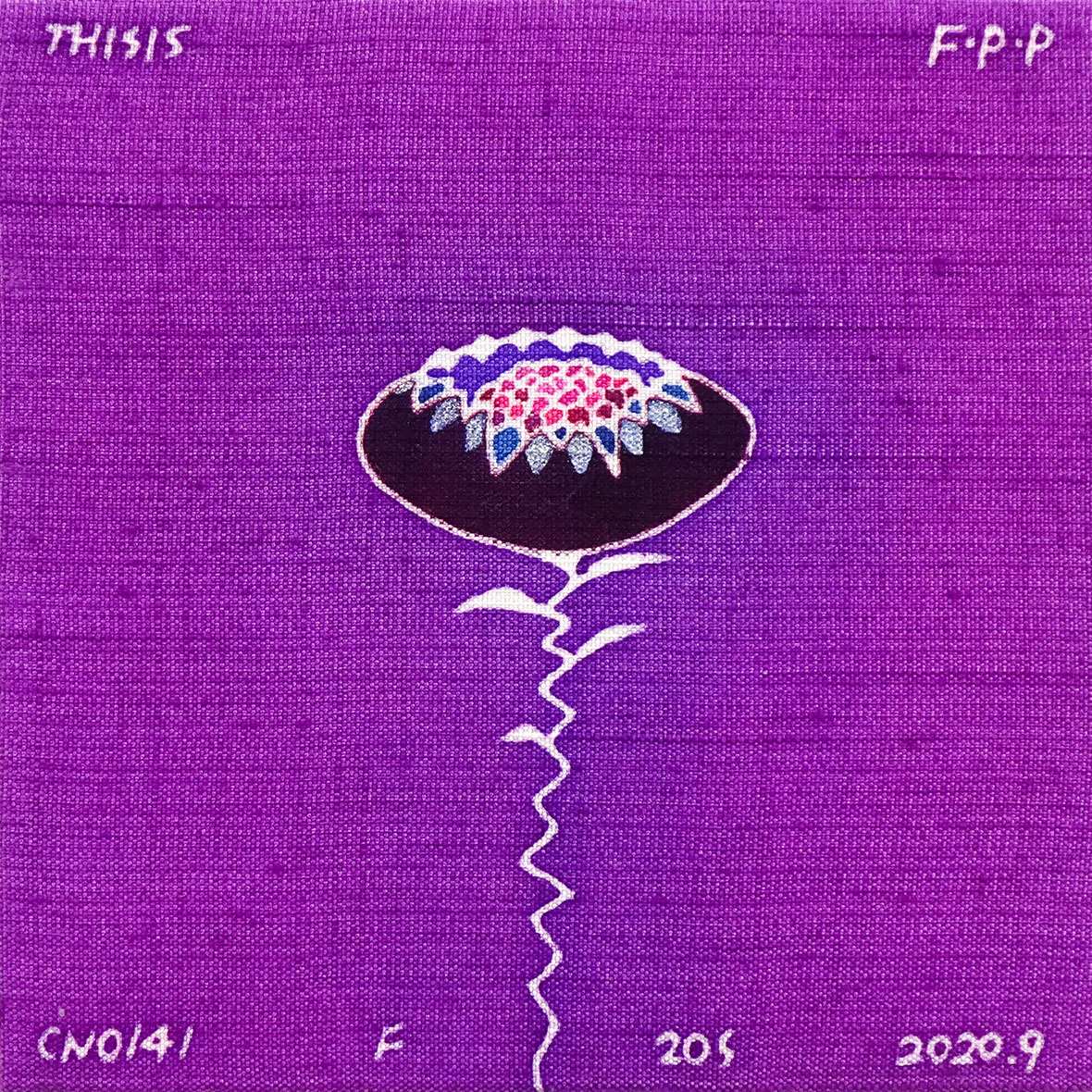
Yūzen, a resist dyeing method that originated from Japan’s edo era, was chosen as the medium Zeng would work with for this project. Unlike traditional dyeing, this method not require cloth to be dipped in a solution before dyeing. Instead, yūzen artisans would work on silk directly with a brush, creating delicate and airy textures. “It has very distinctive line work and share some parallels with traditional Chinese painting,” she explains of the method. “Because of the similarities, that was what I decided on.”
After designing the initial patterns for the flowers, she dyed and washed the silk all by hand. This DIY process felt tremendously rewarding, as it allowed her to be fully in the moment and immersed within each piece. Yūzen can be incredibly time consuming, but there are still many artists in Japan who work with it. She feels that this perseverance in traditional craft is something that every country can learn from.
After the artworks were completed, she was equally eager in being involved with how they’d be displayed. In her exhibition at the Tokyo University of the Arts, these works were arranged in a chromatic gradient that made for a stunning rainbow-like arrangement. “When the show was on display, I was there the whole time,” she recalls. “It was amazing being able to watch the visitors, seeing them come, stopping in front of a certain flower, and telling a friend how much it resembles them.”
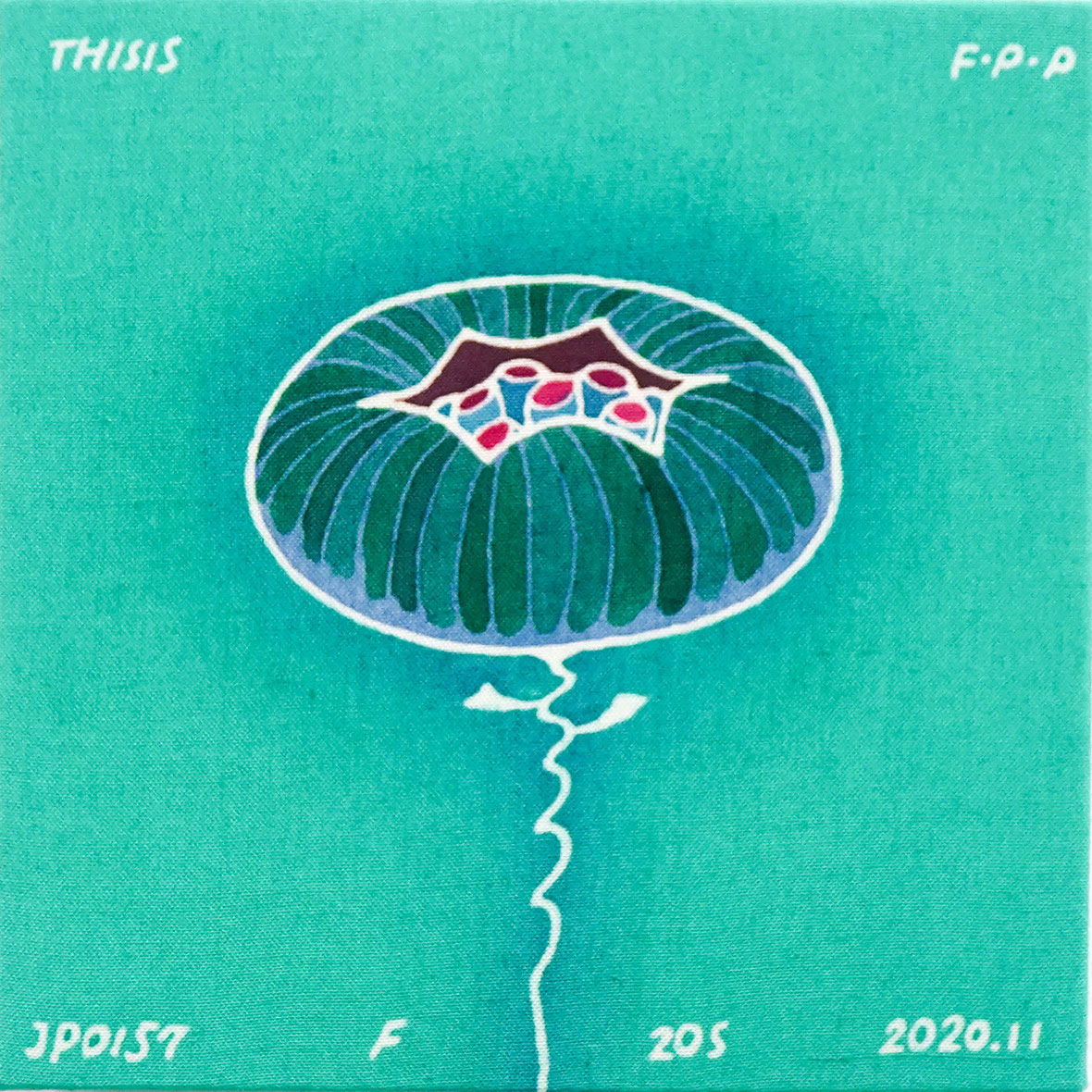
At the show, some visitors would approach Zeng and ask for explicit explanations on the personality types shown in specific pieces. Even though each work does have a corresponding personality, she hoped for there to be some ambiguity. Giving a concrete explanation for each work seemed to defeat the purpose, as she had also envisioned for this project to promote the message of admiring the beauty of every person’s individuality, looking past prejudices and generalizations.
The exhibition ended up being a hit, with her receiving a nomination in the Emerging Young Artists category from the Kuma Foundation, a Japanese non-profit organization dedicated to empowering the next generation of creatives . The Tokyo University of Arts even ended up paying 30,000 yen to purchase a portion of the project for its personal collection. Though Zeng was initially hesitant, since it means that these works would no longer be available to the public for a period of time, she eventually agreed.
“I was a bit sad because I poured a lot of blood and sweat into finishing this series, and it was only on display for five days,” she says. “I’m proud of how it was received, but I’m also a bit conflicted because I want these works to be shown to more people. My friends convinced me, since not a lot of artists have had the honor of entering its collection, so I said yes.”
As for whether Zeng has found the answer as to whether or not she can be truly considered as an “artist,” it’s hardly important. Regardless of how she’s classified, there’s never time for complacency. She’s more ambitious than ever. She says that she has little interest in commercializing her art in the future, and she ever returns to China, she hopes to work in a university as a teacher, so that she could help nurture the next generation of Chinese artists. “With my experiences, I now realize that everyone has a lot of potential for art,” she says. “They just need their potentials to be stimulated.”
Like this story? Follow Neocha on Facebook and Instagram.
Instagram: @siqin_zeng
Contributor: Senki Yu
